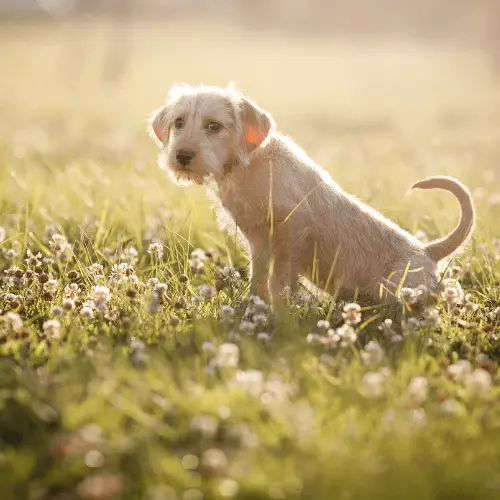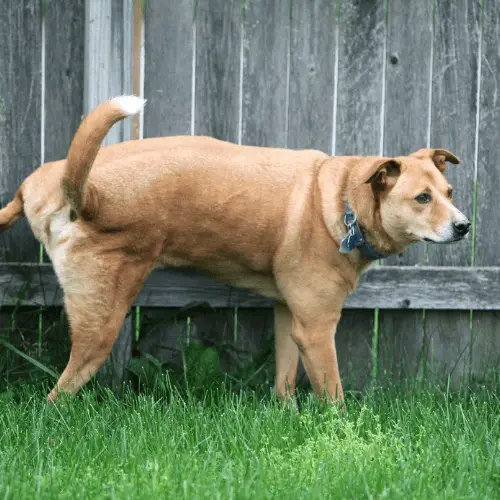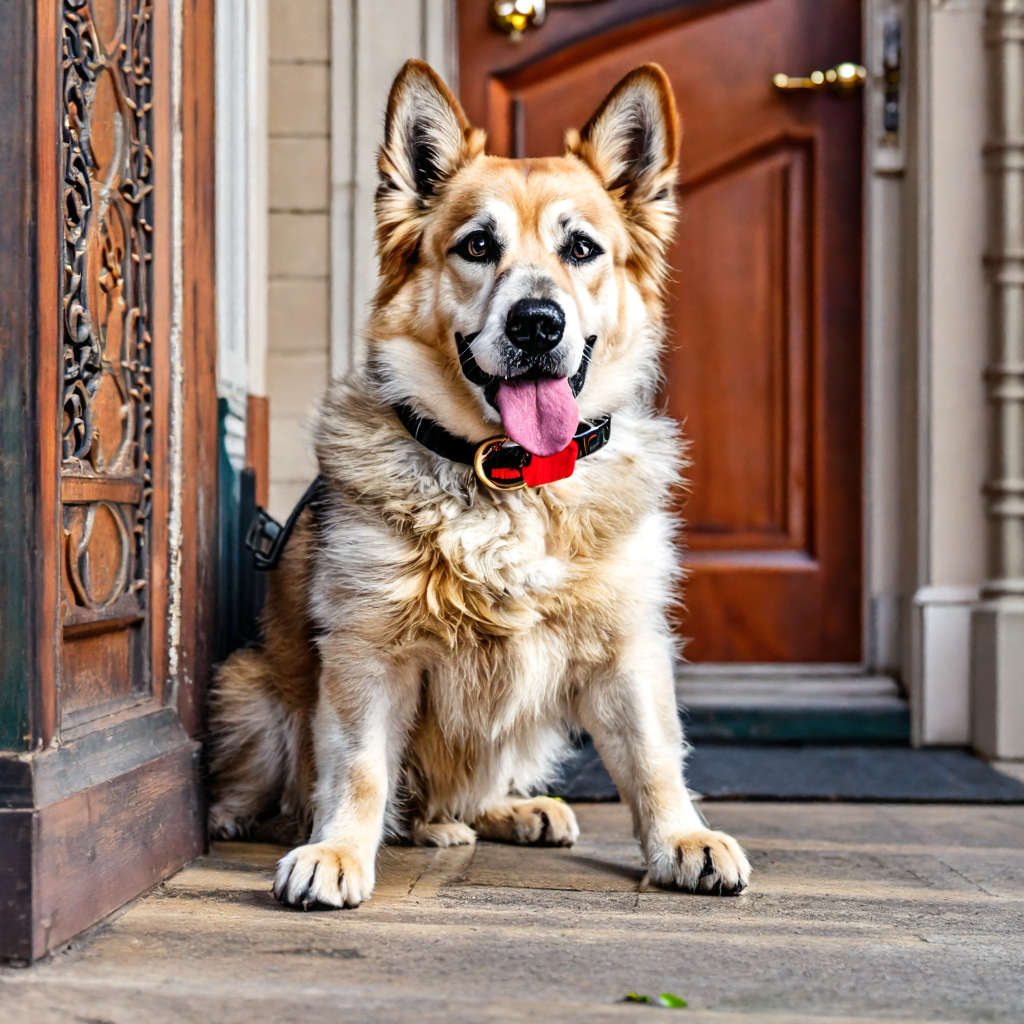
Owning and caring for a dog is one of life’s greatest joys and responsibilities. As pet parents, it’s our duty to provide our furry companions with the best possible care to keep them healthy and happy. One question that often pops up is “How long can a dog go without peeing?” While there are general guidelines, each dog has unique needs based on factors like age, breed, diet, and health status. This comprehensive guide will explore the ins and outs of your dog’s potty habits so you can make sure their bathroom needs are met.
Understanding Your Dog’s Bathroom Needs
A dog’s ability to hold their bladder varies based on their age, size, breed, and other factors. Here’s what influences their potty schedule:
- Age: Puppies have smaller bladders and weaker sphincter muscles. They may need potty breaks as often as every 1-2 hours. Adult dogs can generally last 6-8 hours. Senior dogs may need more frequent bathroom trips.
- Size and Breed: Smaller breeds have lower bladder capacity. Some breeds like Chihuahuas are prone to urinary issues requiring more frequent pee stops. Larger dogs can hold it longer.
- Diet: Higher water content in food or excessive drinking means more frequent urination. Monitor water intake based on activity and environment.
- Medications and Health: Underlying conditions like UTIs or medications can affect how long a dog can wait between potty breaks. Consult your vet if concerned.
- Activity Level: Active pups need to refuel and rehydrate, meaning more bathroom breaks during and after exercise.
General Timelines for Potty Breaks

Use these general guidelines as a starting point for scheduling bathroom breaks:
- Puppies: Every 1-2 hours
- Adult Dogs: Every 6-8 hours
- Senior Dogs: Every 4-6 hours
Of course, adjust as needed based on your individual dog’s habits and cues. Some may need to go more frequently.
Did you know that chocolate can kill a dog?
Signs Your Dog Needs to Pee
Dogs give clear signals when they need to relieve themselves. Watch for:
- Pacing, circling, restlessness
- Whining, barking, vocalizing
- Sniffing around, scratching at the door
- Squatting or leg lifting
- Having accidents in the house
When you observe these cues, immediately guide your dog outside to their designated potty spot.
Tips for Managing Your Dog’s Potty Schedule
- Stick to a consistent daily routine with regular feeding times and potty breaks.
- Limit food and water intake 2-3 hours before bedtime to help avoid overnight accidents.
- Take your dog out first thing in the morning, after naps, during playtime, and before crating or bedtime.
- Praise and reward with treats when they potty outside to reinforce the behavior.
- Consider doggy diapers or pee pads if your dog will be alone for longer periods.
- See your vet promptly if you notice any signs of UTIs or difficulty peeing.

Key Takeaways on Dog Peeing Frequency
- Puppies need potty breaks as often as every 1-2 hours. Adult dogs can generally last 6-8 hours. Senior dogs and small breeds may need to go more often.
- Factors like age, breed, diet, health, and activity impact how long a dog can hold their bladder.
- Pay attention to signals like whining, pacing, and sniffing to know when your dog needs to pee.
- Stick to a consistent routine and always offer bathroom opportunities after eating, playing, napping, and before crating or bedtime.
- If accidents happen frequently, consult your vet to rule out medical issues.
With this handy guide, you now have a better understanding of your dog’s potty habits! Stay observant of their signals, stick to a schedule, and offer ample pee breaks to keep your furry friend healthy, comfortable, and accident-free.
Frequently Asked Questions About Dogs and Peeing
Q: Why does my puppy pee so often?
A: Puppies have tiny bladders and weaker sphincter muscles. Frequent pee breaks are normal for pups under 6 months old. Stick to a strict schedule and be patient!
Q: My dog pees when excited. What causes this?
A: Some dogs, especially young ones, may dribble urine when excited or scared due to weak bladder muscles. Try to stay calm during greetings and consult your vet.

Q: Is it normal for an older dog to have accidents?
A: Senior dogs may experience urinary incontinence or decreased bladder control. Discuss options like medication or doggy diapers with your vet.
Q: Why does my dog circle and pace when needing to pee?
A: Dogs instinctively circle to scout for the perfect potty spot. Pacing and restlessness are signs they urgently need to be let outside.
Q: My dog strains and struggles to pee. What’s wrong?
A: Difficulty or pain when peeing can indicate a UTI or bladder infection. Schedule a vet visit to get prompt treatment.
Q: Can I train my dog to pee on command?
A: Yes! When they go in the right spot, use a command like “go potty” and reward with treats. They’ll learn to go on cue.
Q: Where should I take my dog to pee?
A: Pick a designated potty area and always take them to that spot. Dogs thrive on consistency and routine.
Q: How do I get my dog to stop peeing inside?
A: Thoroughly clean accidents with enzymatic cleaner. Stick to a strict schedule and reward outdoor potties. Limit access to rooms until fully housebroken.
Q: Why does my dog only pee a little at a time?
A: Frequent dribbling can indicate urinary tract issues. Dogs also mark territory in small amounts. Discuss with your vet.
By understanding your dog’s potty habits and signals, you can help keep their bladder healthy and happy! Let this guide give you confidence in meeting their bathroom needs.
Hi, I’m John and I love dogs. Ever since I was a kid, I always wanted to have a furry friend by my side. I grew up with a golden retriever named Max, who taught me a lot about loyalty, friendship, and fun. He was my best buddy for 12 years, and I miss him every day.

One thought on “How Long Can a Dog Go Without Peeing? Understanding Their Needs”
Comments are closed.